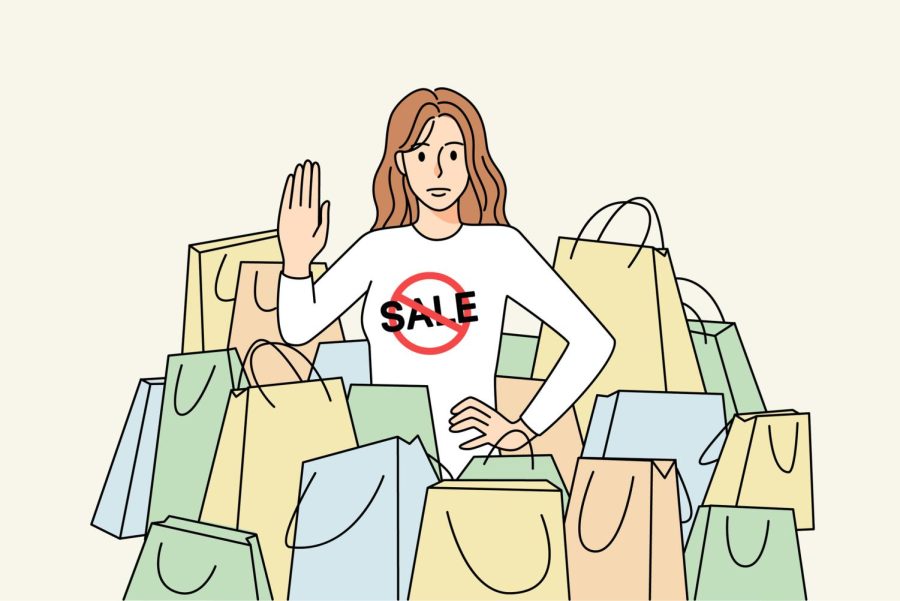The danger of purchasing from fast fashion brands
Getty Images
Avoiding top fast-fashion brands such as SHEIN or Fashion Nova can be a good start to reducing the world’s carbon emissions.
November 16, 2022
The clothing and textile industry is responsible for roughly 4% of the world’s greenhouse gas emissions. To put that into perspective, the fashion industry is emitting roughly the same amount of carbon emissions as the economies of France, Germany and the United Kingdom combined, according to a Global Fashion Agenda report.
“There are billions of pounds of clothing that get wasted and dumped into the ocean alongside the pollution of plastic and microplastics,” said Kristen Chung, a junior fashion merchandising major. “Most people don’t think about where their clothing is from or if it’s made from recyclable materials and they should.”
Avoiding fast fashion is at the top of the list to reduce carbon emissions. Fast fashion is when fashion brands mass produce clothes in a short time while paying their workers at a low price. Fashion brands such as SHEIN, Fashion Nova and Zara pressure their workers to manufacture clothes at a rapid pace so they can sell their products at a low price to consumers, says Green America.
Fast fashion brands rely heavily on the newest trends and social media to cater to younger audiences such as teenagers and young adults. SHEIN is one of the biggest and most unethical fast fashion brands out there today. Since their company is mainly online, with a couple of stores across the U.S. and Canada, SHEIN produces the newest, trendiest styles while getting fast feedback.
SHEIN is one of several fast fashion companies that use synthetic fibers such as polyester, silk and nylon to produce clothing at a cheaper price. The problem with these fabrics is that they’re made from fossil fuels, causing retail manufacturers to contribute to the ever-growing issue of climate change. To work toward a more sustainable future, fashion companies and consumers need to do their part in reducing their carbon footprint.
People may be attracted to these fast fashion brands, but because of the cheap fabrics, they can only wear the clothing pieces for a short time. Since consumers can only get a few uses out of the clothing, they end up going back on the site, buying more and in turn, the fast fashion brands continue to receive more money and grow, according to an article by the Carbon Literacy Project.
Being conscious of one’s own wardrobe and consuming less is the first step in making a positive impact on the environment.
Consumers can avoid fast fashion by buying from secondhand, vintage and thrift stores. These sustainable solutions are eco-friendly and cheap. Thanks to the internet, secondhand online shops, such as Poshmark and Depop, are an alternative to buying new clothes. Swapping clothes instead of throwing them into landfills and purchasing more reduces the number of greenhouse gasses that are released into the air.
“Students can shop at second-hand thrift stores like Goodwill or other local shops in downtown DeKalb like Cracker Jax and support local businesses,” Chung said.







